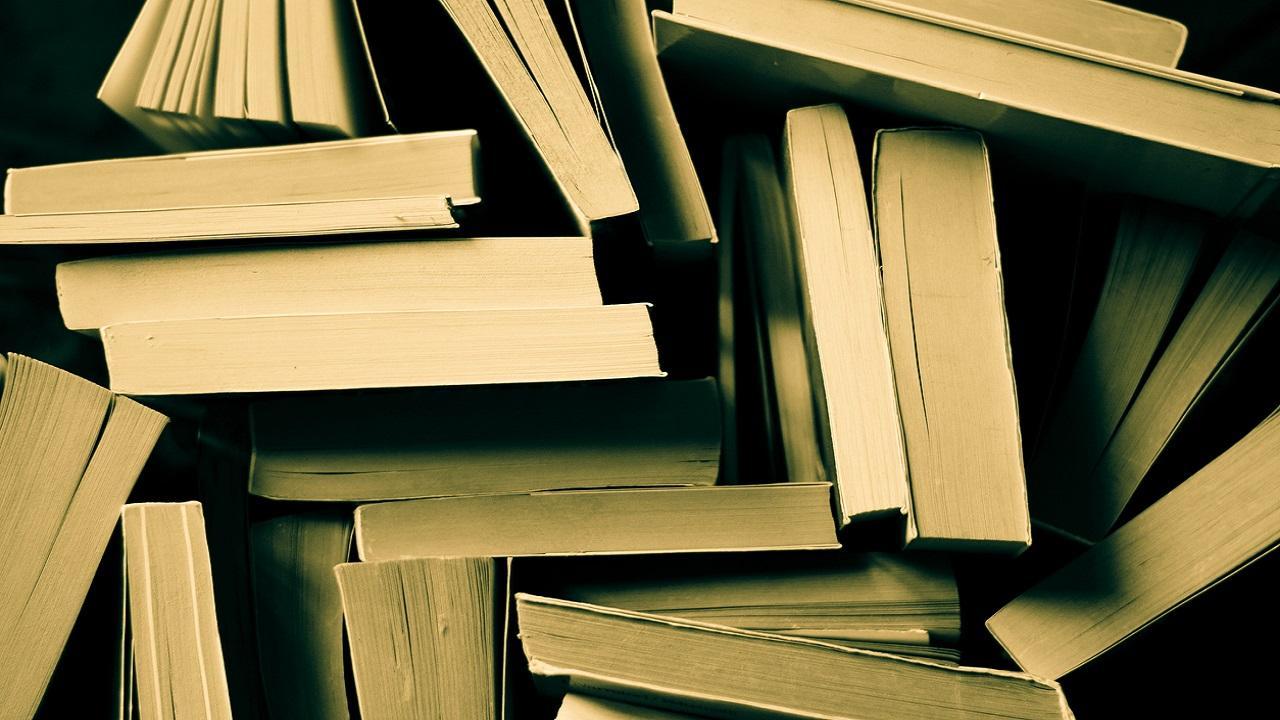One needs to spend an hour inside an archive to understand why it is a matter of worry and concern for India’s leading archivists and culture keepers that our national treasures will be moving homes because of the Central Vista project

Photo used for representational purpose. Pic/iStock
How many of us have lent books to friends, relatives and colleagues with the best of intentions and with the expectation that it would be returned in mint condition without needing to resort to casual reminders [that could often lead to awkward or uncomfortable moments] to have it back on your bookshelf? All of us have been in that position. In fact, most recently, I was reminded of three such very prized possessions that had cost a bomb including a rare collectible, which were returned as dog-eared, pock-marked versions of their original selves, courtesy Those Who We Shall Not Name. Only a bibliophile will be able to relate with the inexplicable pain of receiving these bruised titles.
A sore numbness plagues us each time the eye glances past these three titles on the bookshelf. Now, imagine what must be crossing the minds of those many nameless guardians of India’s archival treasures inside the National Museum, the National Archive and the Indira Gandhi National Centre for the Arts [IGNCA] as they face the inevitability that these archives will need to move out of their original homes in light of the Rs 20,000 crore Central Vista Redevelopment Project in New Delhi.
A new world of archives
My earliest introduction to the world of archives was nearly 15 years ago when I gingerly stepped into the hallowed environs of the Asiatic Society Library. Those were the early days of research for my book on Bombay’s heritage walks. The maze of books and catalogues was a new world to me, but soon enough I fell in love with the processes that preserved some of the city’s and country’s valued titles. The thrill of stumbling upon a hidden gem after poring over four-five books barely minutes before closing time at the library was second to none. I remember this one particular occasion when I had to access an over 100-year-old book that had been restored to microfilm. As I scrolled through each page, I felt privileged to access this invaluable piece of information [about the origins of Bombay’s street names and places] and at the same time was made aware of the absolute fragility and the need for the utmost TLC. Those moments stayed with me.
Since then, the love affair with visiting archives only kept getting deeper. Be it the Department of Archives (Government of Maharashtra) at the Elphinstone College, the records housed within the University’s Fort campus, or those within the historic St Thomas Cathedral that I watched being transformed into displays for an exhibition on the origins of Bombay at the Chhatrapati Shivaji Vastu Sangrahalaya, the joy of coming in such close contact with historic data that may have possibly shaped Bombay and India made me enjoy every second of these many processes that weave it together. It also opened my eyes to the silent custodians across countless departments who work tirelessly to keep these treasures in good shape. It’s a thankless task, to ensure that year after year, these records remain in healthy condition, more so in humid conditions that plague Bombay due to its unforgiving monsoon.
Lakhs of files and manuscripts
The National Archives is home to 45 lakh files, 25,000 rare manuscripts, over a lakh maps and tonnes of other rare finds. While the main building will be intact, the annexe building will be demolished and a new building will come up for its treasures. Likewise, with the exhibits from the National Museum and the IGNCA, both of which will be shifted to larger spaces, according to the Union Cultural ministry. While all this sounds very promising, the logistical nightmare that will ensue is beyond comprehension. Experts from India’s leading cultural organisations and prestigious museums continue to raise concerns over whether these delicate elements of India’s history will survive the wear and tear of being transferred from one space to another. It is only natural to fear for their longevity when shifted, and especially so when it comes in human contact outside of their temperature controlled environments even for brief periods of time.
One can only hope that the right experts are roped in at the right time when the move begins to roll out. Watchdog-like supervision, close monitoring of movement using advanced methods, especially for the most precious artefacts, and continued, consistent emphasis on quality checks at every stage will be the need of the hour. India’s archives deserve to be treated with respect and this process, like with restoring a rare record, cannot happen overnight.
mid-day’s Features Editor Fiona Fernandez relishes the city’s sights, sounds, smells and stones...wherever the ink and the inclination takes her. She tweets @bombayana
Send your feedback to mailbag@mid-day.com
 Subscribe today by clicking the link and stay updated with the latest news!" Click here!
Subscribe today by clicking the link and stay updated with the latest news!" Click here!









